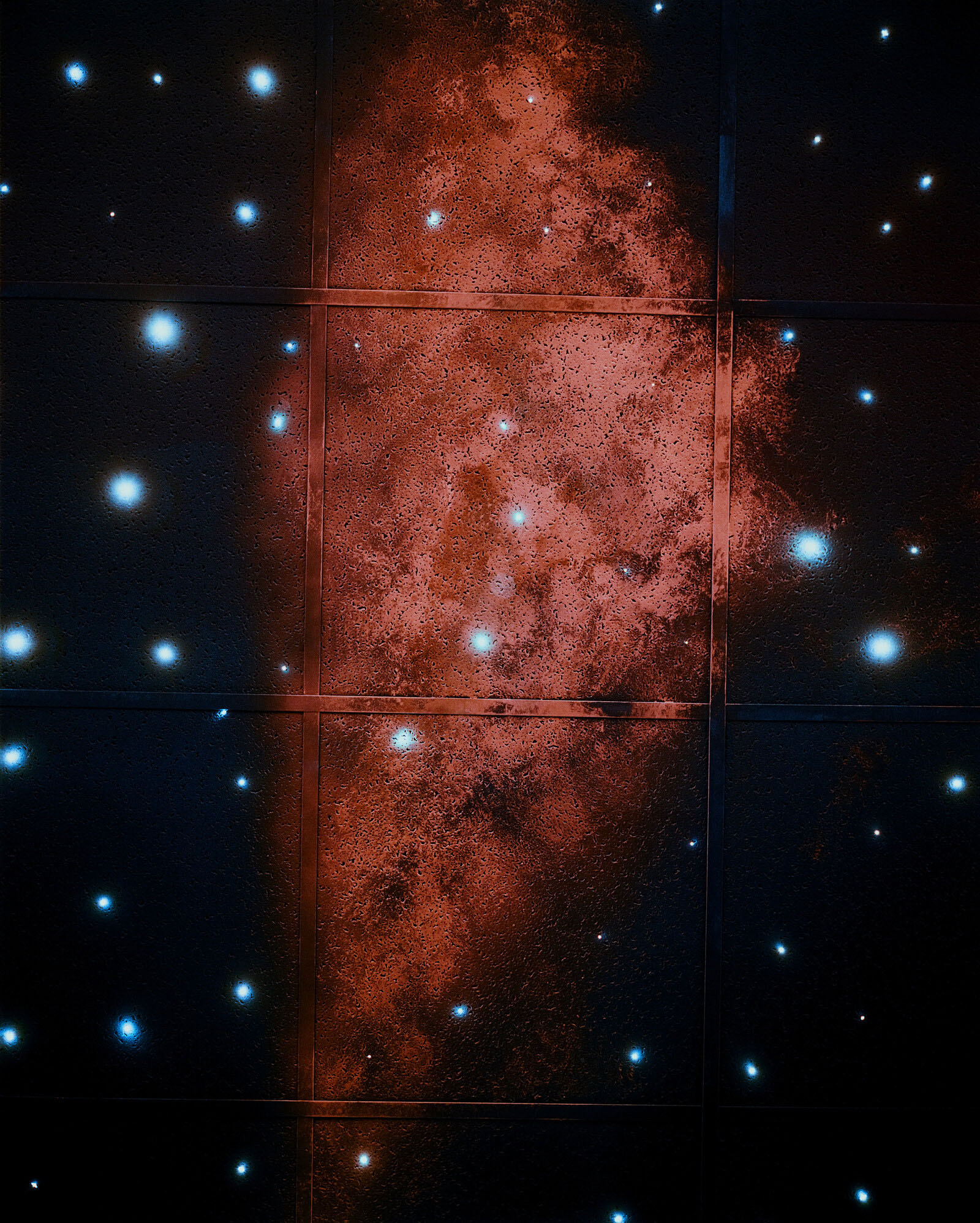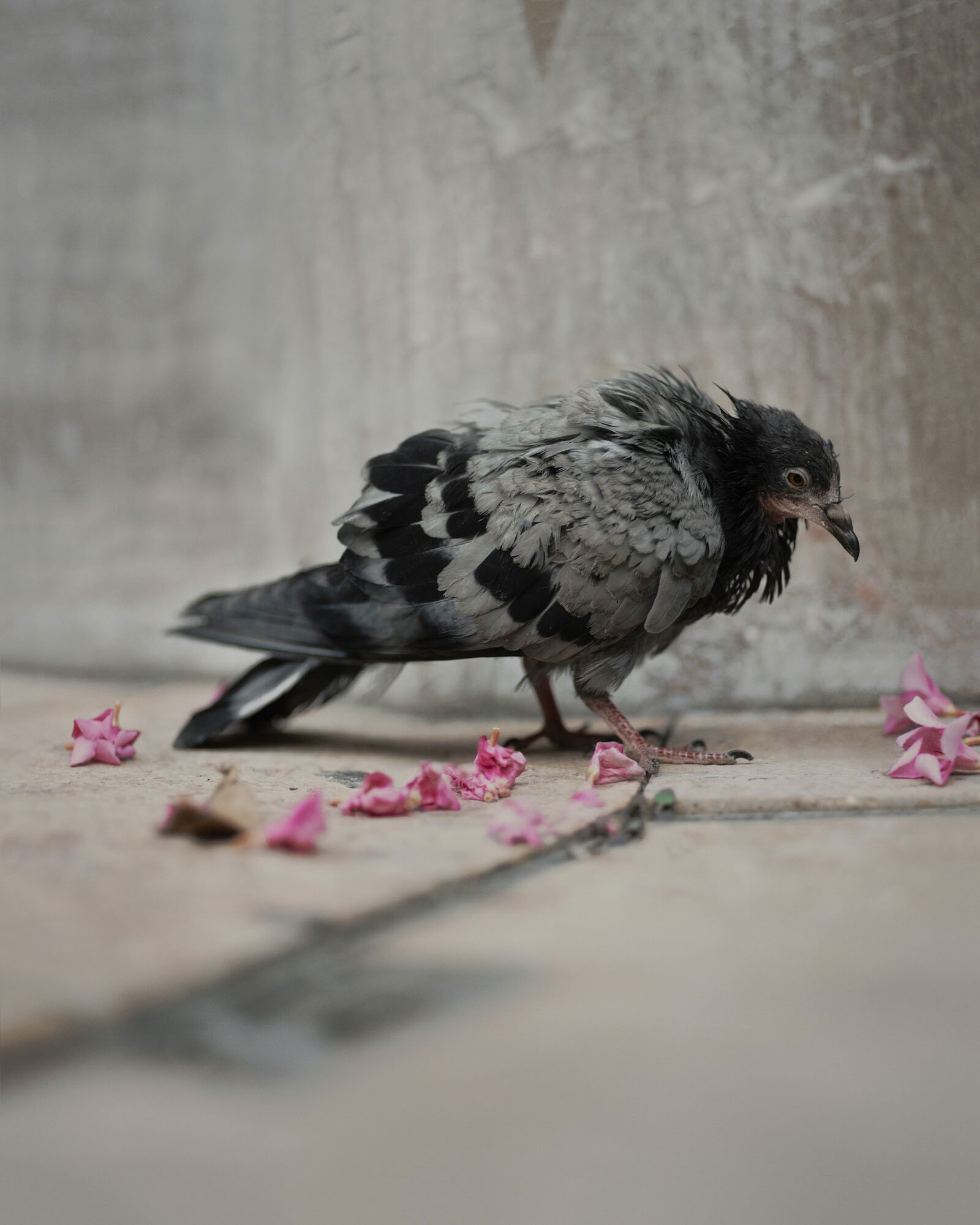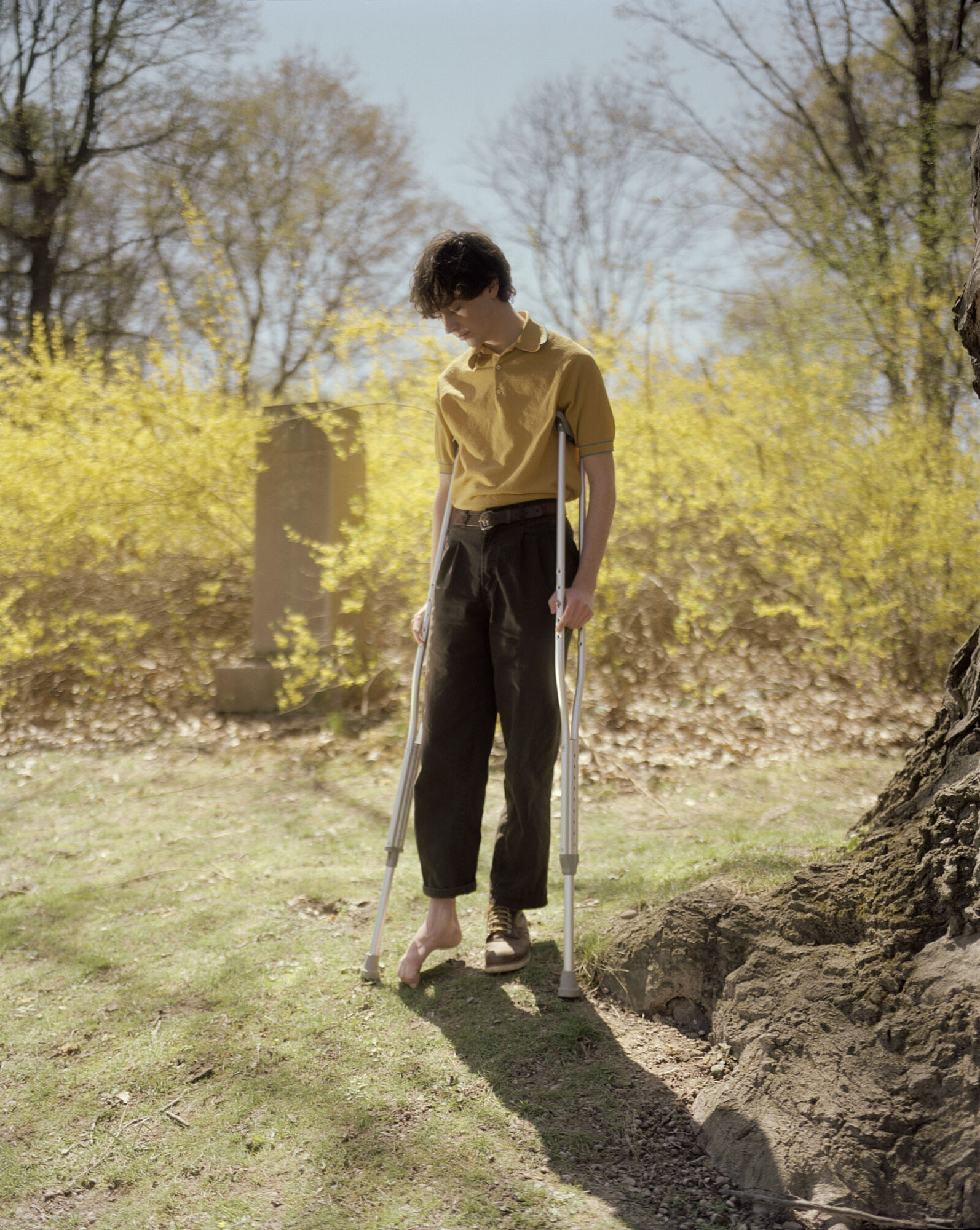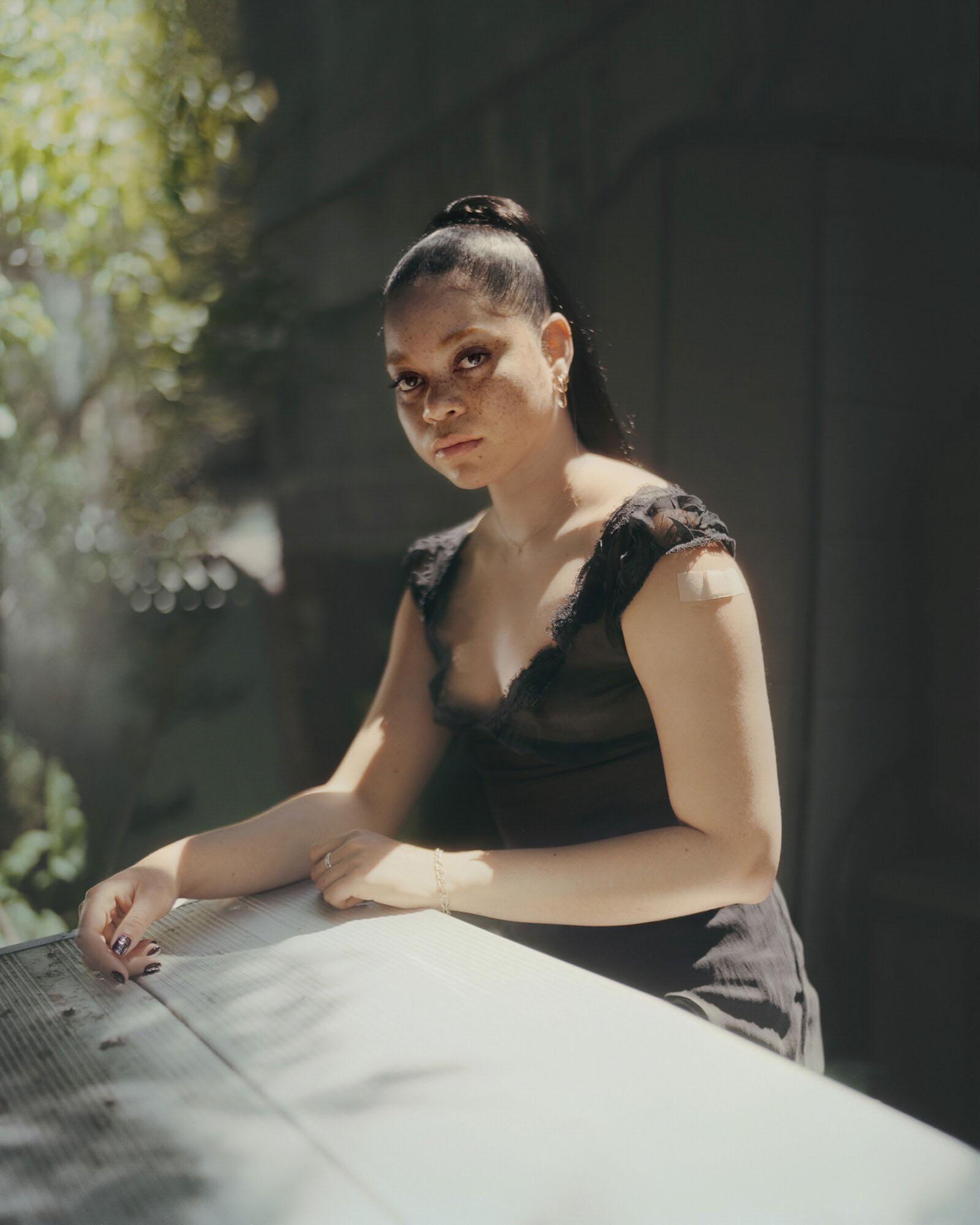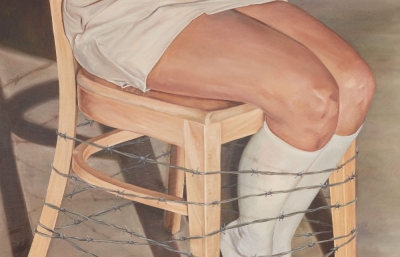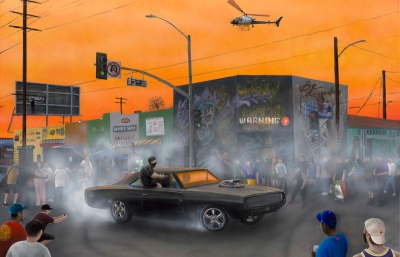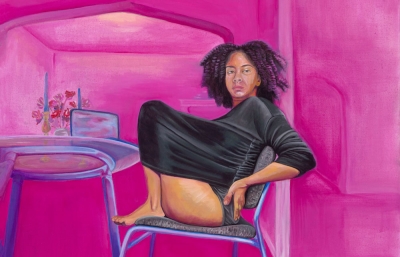Picture the idea of a place. Allow it to be shaded with the desires and memories of all who reside there. Consider how this picture would be molded by the past.
Gregory Halpern's 9 winters / 7 springs contends with the idea of Buffalo, New York, and the lives of its inhabitants—its human and animal life, its architecture and landscape—all rendered by Gregory Halpern in their dynamic complexity. This exhibition plots the cyclical nature of time and the passage of seasons, but Halpern’s photographs also register both the visual evidence of history and the particularity of life in the present. Although these different temporalities pulse through the work, what it means to dwell in a particular place is its central concern, and portraiture anchors the project: portraits of houses, young adults, animals, and objects that seem to face a world arranged and deranged by the camera.
Halpern was born and raised in Buffalo and has lived in Rochester since 2009. The photographs in 19 winters / 7 springs were made throughout Western New York and beyond over the past two decades. Halpern’s practice emerges from careful, extended observation of the world and a sensitive engagement with the people he photographs. But the pictures and the relationships forged between them also approach the surreal, the dreamlike, the enigmatic. Through Halpern’s photography, the appearance of everyday reality becomes both volatile and marvelous.
For Halpern, no hard-and-fast boundary separates photographic objectivity from a more elastic idea of representational truth. In addition to presenting pictures on the gallery’s walls in 19 winters / 7 springs, Halpern has created a group of photo-sculptures that speak to the limits of photographs to describe their subjects beyond their surfaces. His Eclipse Houses unite inner and outer space. The exteriors display the facades of residential architecture, while their exposed interiors are lined with photographs of total solar eclipses.
The alignment of celestial bodies resonates with the kinds of encounters that compel Halpern’s photographs of people and places: something is inevitably obscured, but another vision becomes possible.
For more information, visit the Eastman Museum.

